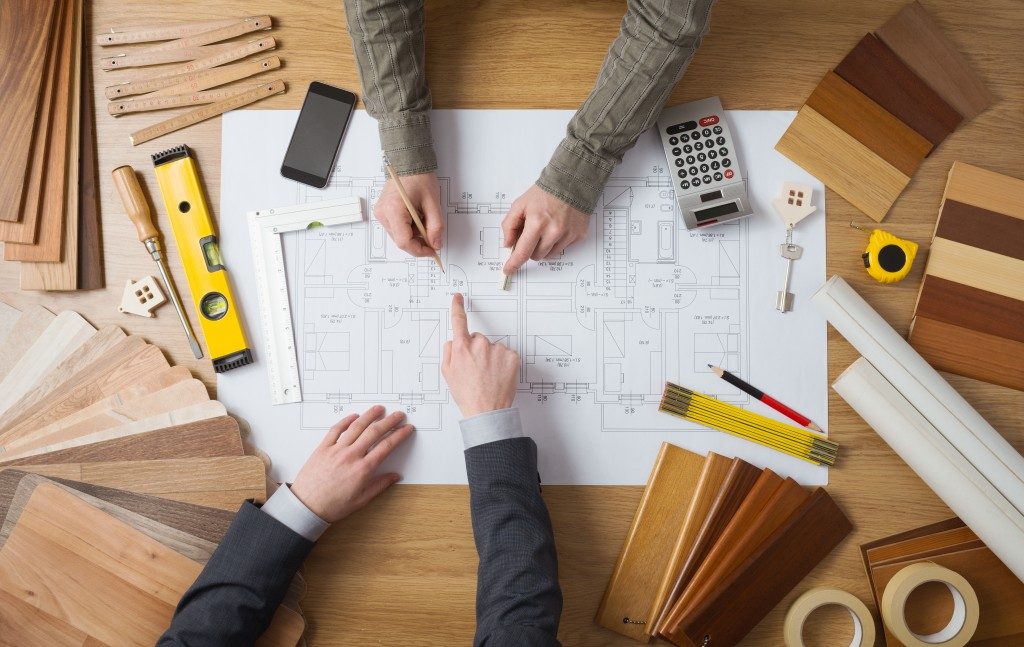Effective communication is vital to every design choice. Your interior designer should know precisely what you want in your home. Think of it as talking to your hairdresser. There will be times when you don’t exactly agree on a particular hairstyle. You either end up being happy about your new do or internally screaming as you see the haircut of your nightmares come to fruition.
Like your hairstyle, you should always feel comfortable and confident in your own home. The key to this is for your designer to have a clear image of what you want for your space.
Present a Moodboard
Like any good haircut, good interior design starts with inspiration in the form of pictures. Making a moodboard is easy. All you need to do is browse social media, Google, Pinterest, or even your favorite interior design magazine for ideas you want to apply to your home. Quick tip from Wallpaper Warehouse: When you’re picking a wallpaper color, make sure to choose a floor color that complements it! A lot of people forget to do this.
Once you’ve gathered your photos, either print out the ones you found online or scan the ones you saw in the magazine. Make a collage out of those items and show them to your designer. It will give them an instant visual idea of the look you’re going for. If your designer also created their own moodboard, that’s great! You’ll get a chance to pick what you like from theirs and work together to create a cohesive design.
Set a Realistic Budget

Sometimes, you’re just short of getting that hot oil treatment, and that’s fine. You might not get the style that you want, but your stylist will make sure it’s close. The same goes for interior design. Your expectations won’t always be met if your budget can’t take them. It’s important to communicate this with your designer while you’re still working out the plans for your space. If they say they can’t proceed with the plan because of the budget, be prepared to compromise on a few things.
Just Trust Them
Once you have a design and budget agreed upon, all you need to do is to sit back and let your designer do the rest. They often have a network of contractors and subcontractors to work on the plans. Plus, they also act as project managers who see the whole process through – from planning to completion.
You’re getting what you pay for in an interior designer. Don’t just change plans midway through construction. Ask questions, but don’t flood their phone with it. Trust and respect your designer’s process, and you’ll be rewarded with a design that you feel you truly collaborated on.
Remember that your interior designer is your partner in sprucing up your home. Like any partnership, the best way to solve problems is by communicating well. Always come prepared with set expectations for the design and budget, and let them work their magic to create your dream space.

